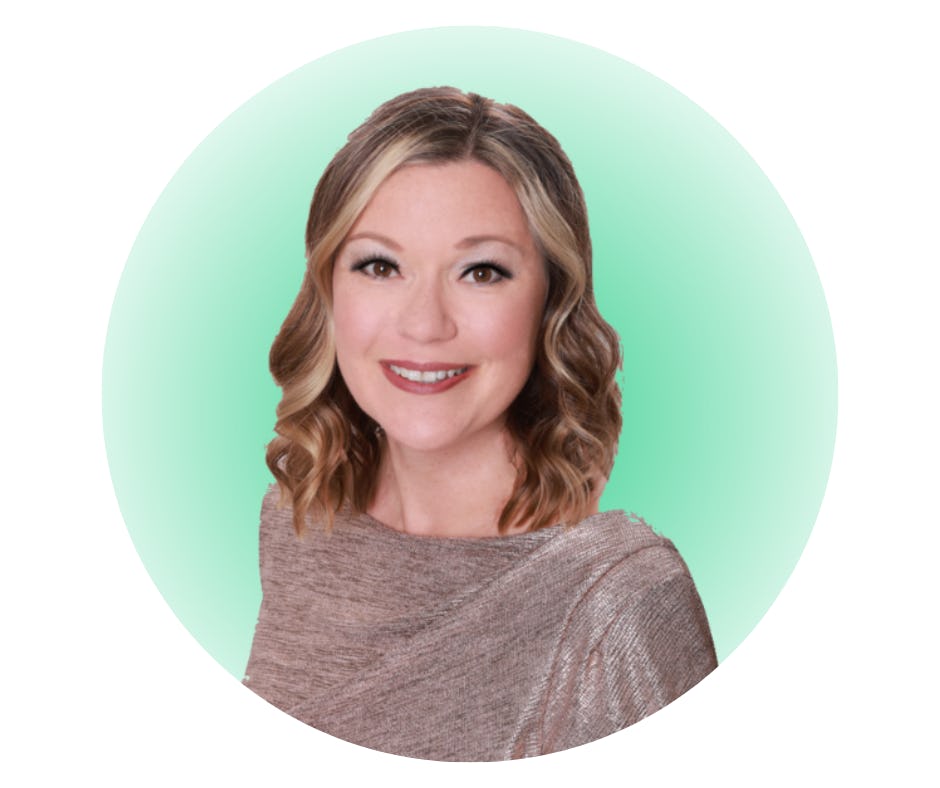A commonplace assumption many of us have is that OCD is characterized simply by the need to be perfect, organized, or clean. However, OCD is a disorder that can significantly impact a person’s life. In fact, the World Health Organization ranks OCD as one of the top 10 most disabling conditions. OCD can be characterized by cycles of obsessions and compulsions.
What are Obsessions and Compulsions?
• Obsessions are recurrent and persistent unpleasant private events such as thoughts, sensations, urges, emotions, or images that are uncomfortable. These events are invasive or unwanted causing great distress and discomfort for the individual. In some cases, it may lead to the individuals experiencing some level of anxiety.
• Compulsions are behaviours that an individual engages in as a response to obsessions. These behaviours are repetitive and often observable however, they can be private behaviours, such as thinking/praying repetitively. Compulsions are often engaged in to seek escape from an obsession. For example, obsessive thoughts over and fear of germs can create the compulsion for an individual to repetitively wash their hands.
Statistics
• Roughly 1.6% of the general population has OCD.
• People with untreated OCD are 10 times more likely to die by suicide.
• Most people develop OCD as a child – around the age of 10. Although often, parents recognise the signs of OCD in their children earlier on.
• On average, it takes patients with OCD around 7 to 12 years after their diagnosis to access evidence-based treatment.
OCD and Autism Spectrum Disorder
At least 6.6% of individuals with OCD are 13 times more likely to being diagnosed with autism spectrum disorder.
The prevalence of OCD in individuals with ASD is much higher. It is estimated that between 17% - 37% of individuals on the spectrum meet the criteria for OCD.
OCD and Autism Spectrum Disorder symptoms overlap significantly. Here are a few similarities:
Obsessions and Compulsions (OCD Criteria):
• Repetitive behaviours, such as the need to keep objects symmetrical
• Obsessions around disgust or discomfort
• Perseveration on the same topics, vocal rituals
Restrictive Repetitive Behaviours (ASD Criteria):
• Highly restricted interests or behaviour routines such as lining up objects
• Sensory sensitivity
• Repetitive vocal behaviours such as repeating words
The similarities in symptoms create challenges in diagnosing OCD in Autistic individuals.
What are some of the barriers faced by the autistic community?
• Every autistic individual is unique in their way and may not respond to standardised treatment plans.
• Difficulty with social or communication skills can be a barrier to treatment for OCD in this population.
• Lack of clinicians experienced with both ASD and OCD.
Here are a few insights into how to help Autistic individuals with OCD:
• Exposure with response Prevention (ERP) along with family interventions can yield positive results.
• Repetition / increased learning opportunities.
• Attention to sensory sensitivities.
• Caregiver education and training.
To learn more about OCD and Autism Spectrum Disorder, check out our course.





